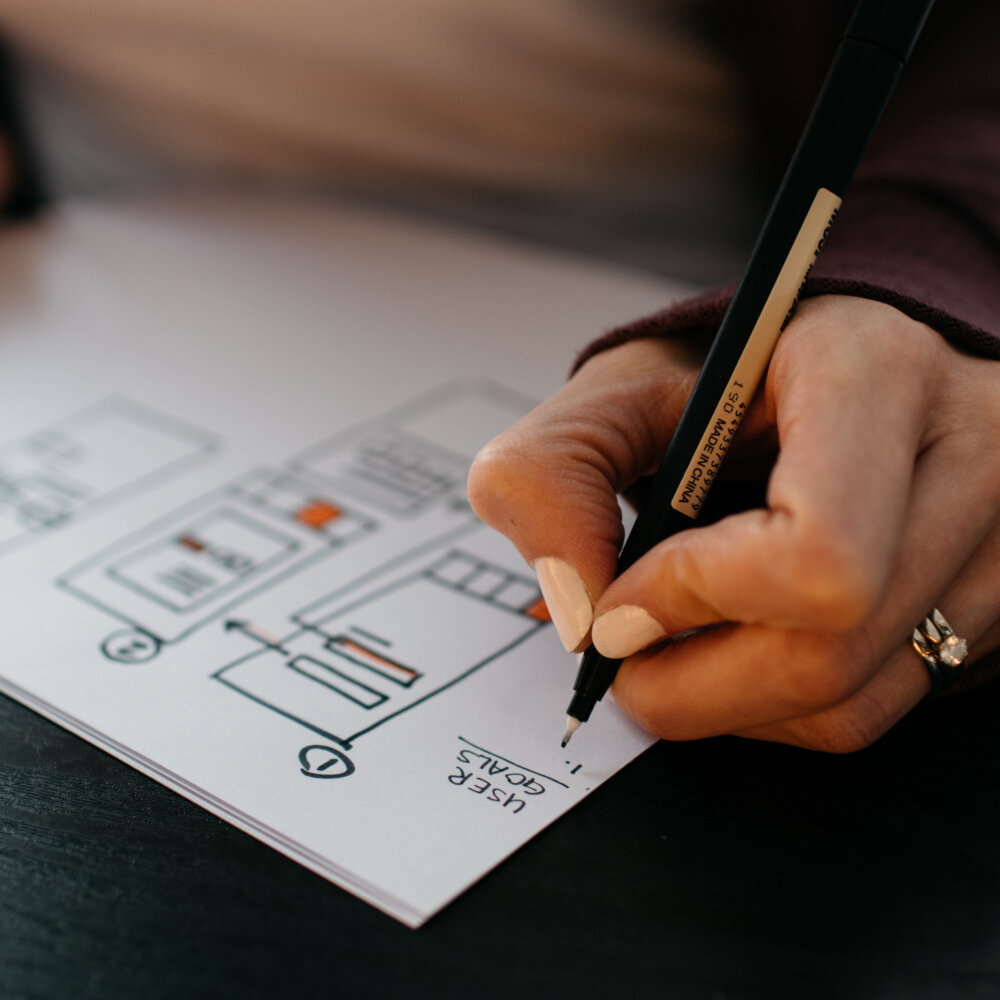February 22, 2023
Designing using CSS
CSS design may be an interesting and imaginative process. The user experience of your website can be improved by using CSS to create beautiful layouts, typography, and animations. In this blog post, we’ll look at some CSS design advice and best practises.
- Keep It Simple: Simplicity is one of the fundamental tenets of effective design. It’s crucial to keep your styles straightforward and simple to comprehend when using CSS for design. To produce a simple, uncluttered style, use few colours, typefaces, and other elements. Use as few CSS attributes as possible because doing so will slow down your website and make it more difficult to maintain your styles.
- Employ a Responsive Design: When using CSS to construct a website, it’s essential to adopt a responsive design because more people are accessing the internet via mobile devices. Your website will appear great on all screen sizes, from desktops to smartphones, if it has a responsive design. Make sure that your website is simple to use and navigate by using media queries to change your designs dependent on the size of the screen.
- Be Careful When Choosing Colours: Colours are crucial to web design. They can emote, generate contrast, and distinguish your website. Think about your brand, your target market, and the message you want to portray when selecting your colours. You can choose complementary colours that go well together by using colour palettes.
- Pay Attention to Typography: Another essential component of web design is typography. Choose typefaces that are simple to read and use them consistently throughout your website. Make content more easily navigable and easier to access by using typography to build a hierarchy of information.
- Employ animations carefully: They can give your website a playful and interactive feel. To avoid slowing down your website and detracting from the content, utilise animations sparingly. Employ animations to highlight crucial details or to impart a sense of motion and flow.
- Test Your Designs: After creating your CSS styles, it’s crucial to test them on various browsers and mobile platforms. To test your website across several platforms and browsers, use programmes like BrowserStack or CrossBrowserTesting. This will guarantee that your website appears and performs as it should on all platforms.
In conclusion, CSS design is a creative and enjoyable process. You can develop stunning, useful, and responsive websites that improve user experience by adhering to these best practises. Keep it basic, utilise a responsive design, consider your colour choices and typography, make smart use of animations, and test your designs to ensure that they are compatible with all platforms. With these pointers, you’ll be well on your way to using CSS to build beautiful websites.
nathaniel@nathaniel-brown.com
0










